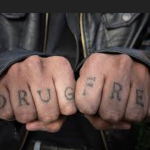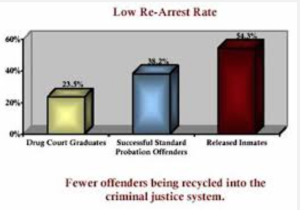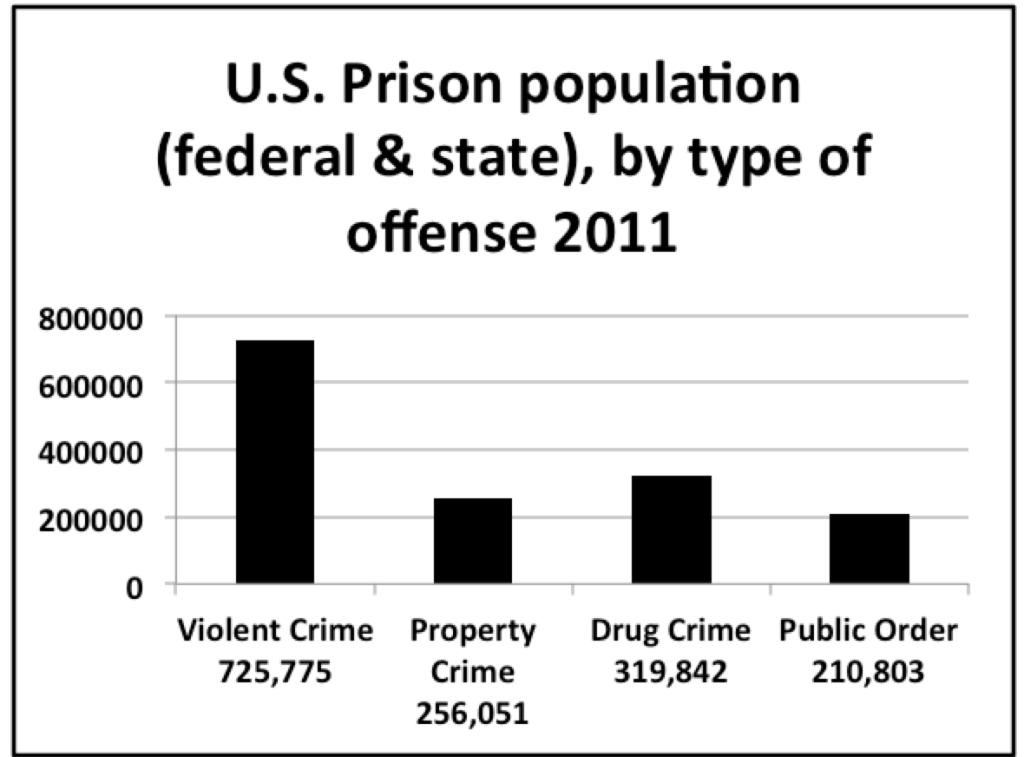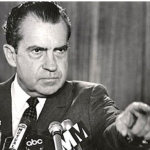Let’s prevent violent crime, not just drug crime
 There’s a great article in today’s Arizona Republic about a really good program to divert drug abusers from prison into treatment. According to CASA Columbia, two-thirds of everyone in prison has a substance abuse problem, so treatment could go a long way toward ending mass incarceration.
There’s a great article in today’s Arizona Republic about a really good program to divert drug abusers from prison into treatment. According to CASA Columbia, two-thirds of everyone in prison has a substance abuse problem, so treatment could go a long way toward ending mass incarceration.
But there are a few problems.
1. Research shows these programs work best when there is coercion, that is, the threat of prison is still there if the person doesn’t cooperate with treatment. The Republic article didn’t quite make that clear.
A study published in 2002 in the Journal of Drug Issues compared two groups of substance abusers referred by the courts to the same treatment program. One group was referred by the Drug Treatment Alternative to Prison (DATP) program. They were told repeatedly that failure to complete treatment would mean incarceration, and they even signed a statement acknowledging this.
The lesson is don’t just offer them treatment. Sentence them to a prison term and then offer treatment as an alternative, making it very clear if they test dirty too many times, they go to prison. People don’t want to hear this, but coercion works. The treatment program I work for is all voluntary, but the people who do best are the ones facing jail or prison if they don’t toe the line, or the ones whose parents have told them they will be completely cut off if they leave treatment.
2. The marijuana lobby wants people to believe prisons are filled with drug users, but they’re not. Fewer than 20 percent of U.S. prison inmates are incarcerated on a drug charge, and 90 percent of them are in for drug trafficking. Most of the rest have a drug charge plus another charge—violent or property. In 2005, a study based on prison surveys published in Contemporary Drug Problems found that only one half of one percent of the U.S. prison population was incarcerated solely for drug possession. We could divert every single one of them to treatment and mass incarceration would not budge.
Most of the rest have a drug charge plus another charge—violent or property. In 2005, a study based on prison surveys published in Contemporary Drug Problems found that only one half of one percent of the U.S. prison population was incarcerated solely for drug possession. We could divert every single one of them to treatment and mass incarceration would not budge.
3. When President Obama and a bipartisan group of senators introduced their plan for criminal justice reform, the president used the term “nonviolent drug offenders.” The press does, too. On October 1, the Chicago Tribune ran an article that used the phrase four times.
 I suggest that journalists and politicians not use the term “nonviolent drug offender,” because people think it means drug users when it is almost always drug dealers. So it’s a misleading term.
I suggest that journalists and politicians not use the term “nonviolent drug offender,” because people think it means drug users when it is almost always drug dealers. So it’s a misleading term.
When President Obama and others talk about reducing terms for “nonviolent drug offenders,” they’re mostly talking about drug dealers. And I don’t think drug dealers are the people we should worry about. I met a lot of drug dealers working in prisons, and most of them never used the drugs they sold, so there is no disease to treat. Also, they sold heroin and meth knowing it would kill people and lead to violence, and did not care. Of all the people I met working in prison, the drug dealers who sold drugs they knew better than to use themselves were the ones I sympathized with the least. Many of them deserve to be in prison.
President Obama and the Tucson County Attorney said they were not reducing sentences for violent criminals, but if we want to end mass incarceration, those are the people we need to help. And many of them are very deserving. Unlike drug dealers, most violent criminals committed their crime because they were under the influence or because they were stealing to get money for drugs. These people have a treatable substance abuse problem.
I used to ask my patients if they ever got arrested for anything they did clean and sober, and the answer was usually no. Those people are perfect candidates for treatment, because if they can stay clean and sober, they will never offend again.
Besides, while barely anyone is in prison just for drug possession, most of the people in prison are there for violent and property crimes. Violent crime accounts for about 50 percent of U.S. prison inmates. There is no way we can end mass incarceration without putting violent criminals into substance abuse treatment. But the President and Congress have no plans to help them. Instead, they’re reducing sentences on the people who sold the violent criminals their drugs.
 When President Nixon launched the drug war, he said the aim was to “to further tighten the noose around the necks of drug peddlers, and thereby loosen the noose around the necks of drug users.” President Obama and the Senate are proposing to do the opposite.
When President Nixon launched the drug war, he said the aim was to “to further tighten the noose around the necks of drug peddlers, and thereby loosen the noose around the necks of drug users.” President Obama and the Senate are proposing to do the opposite.
I actually agree with criminal justice reform that abolishes mandatory minimums and three strikes laws; judges are in much better positions to decide the right sentences than far-away politicians in Congress. We should also shorten sentences to reasonable lengths, bring back parole and fully fund our public defender offices–a solution that is rarely mentioned. And we should screen every single criminal for substance abuse and require treatment. But we should do this for all criminals; drug dealers shouldn’t get special treatment.


